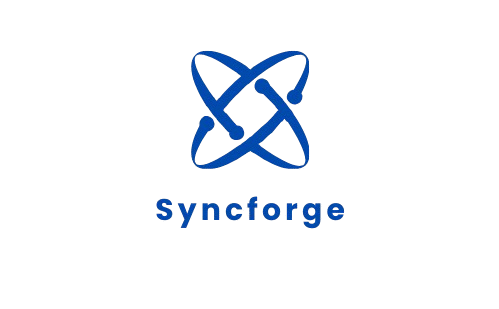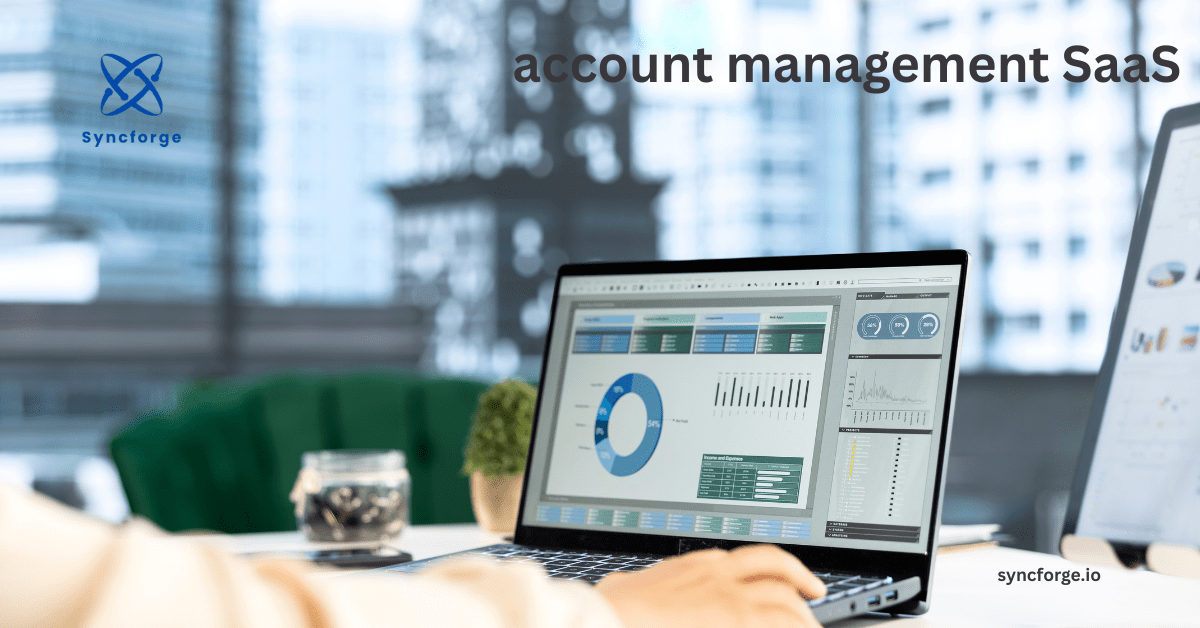SaaS Marketing Success: Unlocking the Secrets of Successful Software Business in 2025

Introduction: Why SaaS Marketing Is a Completely Different Game
Beyond just software, software-as-a-service (SaaS, is a dynamic, constantly changing business model. Unlike eCommerce or tangible items, SaaS marketing does not focus on one-time sales. Recurring revenue, long-term retention, and continuous value are the key factors.
As a result, your marketing strategy must: Educate the buyer.
- Take a broad approach to solving their problem.
- Convince them to stay, rather than just buying.
- Reduce churn and raise CLTV (Customer Lifetime Value).
In this book, we’ll analyze what currently works in SaaS marketing, such as:
- Acquisition Techniques
- Conversion funnels
- Content, SEO, and paid advertising
- Upselling and retention strategies
- Real examples, tools, and tips
Let’s build your SaaS growth engine from scratch — or optimize the one you’ve got.
What Makes SaaS Marketing So Unique?
SaaS marketing is different from conventional digital marketing in the following ways:
Factors Conventional Business SaaS Business
SaaS Revenue Model One-time transactions recurring on a monthly or annual basis
Buyers journey Short long, multi-touch
Emphasis Acquisition Acquisition + Retention
Value Provision Software-based physical instantaneous ongoing
Metrics that matter Sales, ROAS LTV, MRR, CAC, and Churn
No matter how brilliant your ads or content are, your marketing will fail if you disregard the subtleties of SaaS.
Key SaaS Marketing Metrics You Have to Keep Track
- CAC (Customer Acquisition Cost)
- LTV (Customer Lifetime Value)
- MRR/ARR (Monthly/Annual Recurring Revenue)
- Churn Rate
- Activation Rate
- Free-to-Paid Conversion Rate
- Net Promoter Score (NPS)
- Payback Period
Your strategy, from ad spend to onboarding to retention, must be shaped by these KPIs.
1. SaaS Customer Acquisition: Seek Out the Source of the Pain
Your clients are trying to solve problems, not just browse. The first step in SaaS marketing is to assist them when they need it.
Top Acquisition Channels for SaaS:
SEO & Content Marketing (Inbound)
- Use the long-tail keywords “small law firms’ best CRM.”
- Utilize manuals, webinars, and blog posts to attract users to your funnel.
- Build product-driven SEO pages that both instruct and convert.
Paid Ads (Outbound)
- LinkedIn Promotions for B2B Software
- Ads at the bottom of the funnel for Google Search
- Campaigns to retarget users of the free trial
Pro Tip: Target customers who viewed feature pages but did not convert with dynamic remarketing.
Partnerships & Integrations
- Using complementary techniques for co-marketing
- Marketplaces for apps (HubSpot, Zapier, Shopify)
- Cross-promotions via APIs
2. Conversion Funnels That Don’t Leak
Most SaaS companies lose leads because of their funnel Too general.
A winning SaaS funnel should look like this:
Awareness → Interest → Activation → Conversion → Retention → Expansion
- Employing complementary co-marketing strategies
- App marketplaces (Shopify, Zapier, HubSpot)
- API-based cross-promotions
- FullStory or Hotjar (user tracking)
- ActiveCampaign or ConvertKit (email nurturing)
- Drift (onboarding chat) or Intercom
3. Content Strategy That Educates AND Converts
SaaS content is to assist users in understanding and employing your product, not to earn “likes.”.
Top SaaS Content Types:
| Type | Purpose |
| Blog+Article Posts | SEO + education |
| Use Case Pages | Display application by industry |
| Comparison Pages | Obtain competitive search terms |
| How to Guides | Nurture and reduce the support load |
| Webinars & Demos | Mid-to-bottom-funnel conversion |
| Knowledge Base | Product support + SEO boost |
4. Product-Led Growth (PLG) Marketing
Allow your product to sell itself.
- It is your duty to guide users to their “Aha!” moment if you provide a free trial or freemium.
- Take the friction out of the activation.
- Automate nudges for upgrade.s
Popular PLG tactics:
- Tooltips + onboarding emails
- In-app tutorials (such as Appcues and Userpilot)
- Popups are upgraded according to feature usage.
- Checklists for gamified onboarding
5. Retention & Expansion: This is where the money is made
You scale with the retained and upgraded users, not with new ones.
SaaS Retention Tactics:
- Check-in emails with helpful advice
- Education through in-app features
- Reviews of usage every three months
- Customer success groups or Slack communities
Expansion Tactics:
- Pricing is dependent on usage
- Extra features
- Team seats
- Packages of priority assistance
Top SaaS LSI keywords used:
- SaaS client retention
- Strategies for SaaS upselling
- Maximization of CLTV
- Scoring for product engagement
Real Example: How a B2B SaaS Scaled from $5K to $200K MRR
A CRM SaaS with an emphasis on “client management tips for solopreneurs” that caters to independent contractors:
- A free CRM template with email capture was made
- Cultivated using an email funnel that prioritizes value
- 7-day trial period offered; upon upgrade, automation was unlocked.
Results: In just six months, churn decreased, trial-to-paid conversions increased by 35%, and CAC decreased by 48%.
Best SaaS Marketing Tools (2025 Picks)
| Category | Tools |
| CRM | HubSpot, Close.io |
| Email Marketing | Customer.io, ConvertKit |
| SEO/Content | Surfer SEO, Clearscope, Frase |
| Analytics | Mixpanel, Amplitude, GA4 |
| Funnels/Activation | Intercom, Appcues, Hotjar |
| Ads/Retargeting | Google Ads, AdRoll, Meta Business |
| Referral Programs | Viral Loops, Rewardful |
FAQs About SaaS Marketing
Q1: What is the most difficult element of SaaS marketing?
Lowering turnover and keeping users. Getting users is simple. Customer success, constant value delivery, and excellent onboarding are necessary to keep customers engaged and paying.
Q2: How long does it take for SaaS SEO to start producing results?
SEO is a sustained endeavor. Results should be visible in three to six months with the correct backlinks, technological configuration, and content.
Q3: Which SaaS marketing channel is the most effective?
No one winner. Email marketing, paid ads, and SEO are most effective when combined. The combination is determined by your product stage and audience.
Q4: Should SaaS startups spend money on content?
Yes, but in a clever way. Start by producing bottom-of-the-funnel content, which is aimed at those who are already looking for your answer.
Q5: How significant is the optimization of price pages?
Very much so. A sales page is your pricing page. To increase conversions, test feature breakdowns, CTAs, social proof, and FAQs.
Q6: Which SaaS metrics are most important to marketing teams?
Pay attention to trial-to-paid conversions, CAC, LTV, churn, and activation rate.
Q7: How can churn be decreased?
Recognize the reasons behind user turnover. Utilize exit surveys, monitor usage trends, and offer assistance or instruction before consumers hit cancel.
Final Thoughts
Understanding consumer pain, resolving it at scale, and establishing enduring trust are the goals of SaaS marketing, not flashy gadgets or viral hacks.
The SaaS companies that succeed are those that continuously educate, activate, retain, and expand, regardless of whether they are funded startups, agencies, or sole proprietorships.




